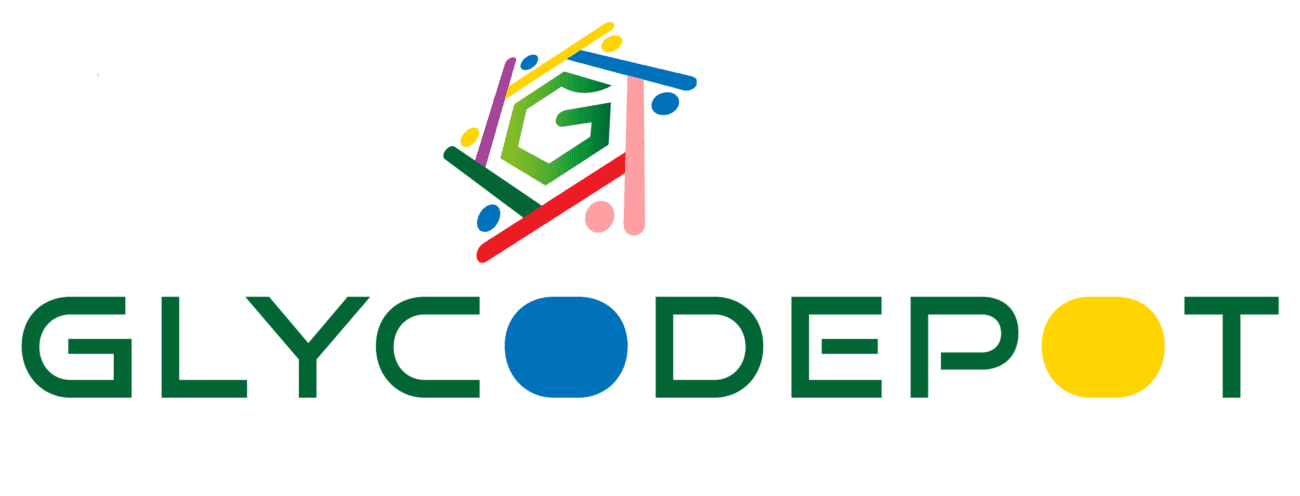1-Deoxy-1-(hydroxyethylamino)-D-glucitol
1-Deoxy-1-(2-hydroxyethylamino)-D-glucitol (DEAE-D-glucitol) is a synthetic compound that belongs to the class of amino sugars. It is a derivative of D-glucitol or sorbitol and has a hydroxyethylamino group substituted at the first position (C-1) of the glucose ring. DEAE-D-glucitol is soluble in water and is often used as a reagent in chemistry and biochemistry.DEAE-D-glucitol was first synthesized in the 1970s by Oishi and Sasaki as a potential inhibitor of glycosidase enzymes, which are involved in the metabolism of carbohydrates in the body. Since then, DEAE-D-glucitol has been studied extensively for its biological and chemical properties, as well as its potential applications in various fields of research and industry.Synthesis and Characterization
DEAE-D-glucitol can be synthesized by various methods, including reduction of the corresponding amino sugar, followed by amination or reductive amination of the resulting polyol. One popular method for DEAE-D-glucitol synthesis involves the reaction of D-sorbitol with nitrous acid, followed by reaction with ammonia and formaldehyde.The characterization of DEAE-D-glucitol is usually done using various analytical techniques, including nuclear magnetic resonance (NMR) spectroscopy, Fourier-transform infrared (FT-IR) spectroscopy, and high-performance liquid chromatography (HPLC). These techniques are used to determine the chemical structure, purity, and quality of DEAE-D-glucitol.Analytical Methods
DEAE-D-glucitol can be analyzed using various analytical methods, including HPLC, gas chromatography (GC), and capillary electrophoresis (CE). These methods are used to determine the content, purity, and quality of DEAE-D-glucitol in various samples.Biological Properties
DEAE-D-glucitol has been studied for its potential biological properties, including its anti-inflammatory, antitumor, and antioxidant effects. Studies have shown that DEAE-D-glucitol can inhibit the production of pro-inflammatory cytokines and chemokines, which play a critical role in inflammatory diseases such as diabetes and cancer.DEAE-D-glucitol has also been shown to possess antitumor activity by inducing apoptosis in cancer cells and inhibiting tumor growth in animal models. Additionally, DEAE-D-glucitol has been shown to have antioxidant activity, which can protect cells from oxidative stress and reduce the risk of chronic diseases.Toxicity and Safety in Scientific Experiments
DEAE-D-glucitol has been shown to be relatively nontoxic and safe in scientific experiments. In animal studies, DEAE-D-glucitol was found to have a low acute toxicity, with no significant adverse effects observed even at high doses. However, long-term studies on the toxicity and safety of DEAE-D-glucitol in humans are still needed.Applications in Scientific Experiments
DEAE-D-glucitol has several potential applications in various fields of research and industry. In chemistry and biochemistry, DEAE-D-glucitol is often used as a reagent for the synthesis of glycosides and other carbohydrate derivatives.In the field of medicine, DEAE-D-glucitol is being studied for its potential therapeutic uses, including as an anti-inflammatory agent, an anticancer agent, and a diabetes drug. Additionally, DEAE-D-glucitol has potential applications in the field of cosmetics, where it can be used as a moisturizing agent in skincare products.Current State of Research
Research on DEAE-D-glucitol is ongoing, with many studies focused on its potential therapeutic uses in various diseases and conditions. Several studies have shown promising results in preclinical models, indicating that DEAE-D-glucitol has potential as a novel therapeutic agent.Potential Implications in Various Fields of Research and Industry
DEAE-D-glucitol has the potential to impact various fields of research and industry. In the field of medicine, DEAE-D-glucitol has potential uses as a therapeutic agent for inflammatory diseases such as diabetes and cancer. Additionally, DEAE-D-glucitol may have applications in the field of cosmetics, where it can be used as a moisturizing agent in skincare products.LimitationsDespite its potential benefits, DEAE-D-glucitol has several limitations. One major limitation is its low bioavailability, which can limit its effectiveness as a therapeutic agent. Additionally, long-term studies on the toxicity and safety of DEAE-D-glucitol in humans are still needed.Future Directions
There are several potential future directions for research on DEAE-D-glucitol. One area of research is focused on improving its bioavailability, either through chemical modification or the use of novel drug delivery systems. Another area of research is focused on understanding the molecular mechanisms of DEAE-D-glucitol’s biological effects, which may provide new targets for therapeutic intervention. Additionally, further studies are needed to assess the safety and long-term effects of DEAE-D-glucitol in humans.CAS Number54662-27-0Product Name1-Deoxy-1-(2-hydroxyethylamino)-D-glucitolIUPAC Name(2R,3R,4R,5S)-6-(2-hydroxyethylamino)hexane-1,2,3,4,5-pentolMolecular FormulaC8H19NO6Molecular Weight225.24 g/molInChIInChI=1S/C8H19NO6/c10-2-1-9-3-5(12)7(14)8(15)6(13)4-11/h5-15H,1-4H2/t5-,6+,7+,8+/m0/s1InChI KeyVQSVOQJUFSROBP-LXGUWJNJSA-NSMILESC(CO)NCC(C(C(C(CO)O)O)O)OSynonyms1-Deoxy-1-[(2-hydroxyethyl)amino]-D-glucitol; 1-Deoxy-1-(2-hydroxyethylamino)-D-glucitol; N-(?-Hydroxyethyl)glucamine;Canonical SMILESC(CO)NCC(C(C(C(CO)O)O)O)OIsomeric SMILESC(CO)NC[C@@H]([C@H]([C@@H]([C@@H](CO)O)O)O)O
